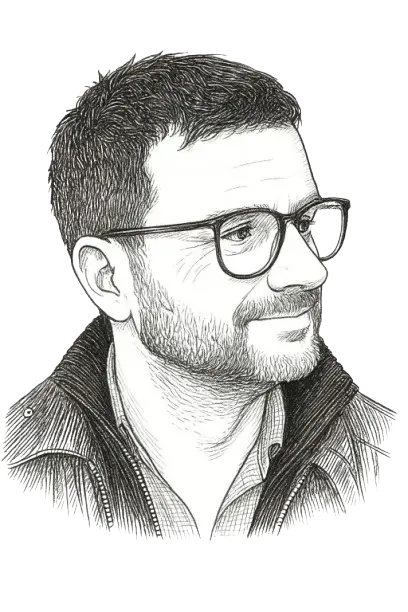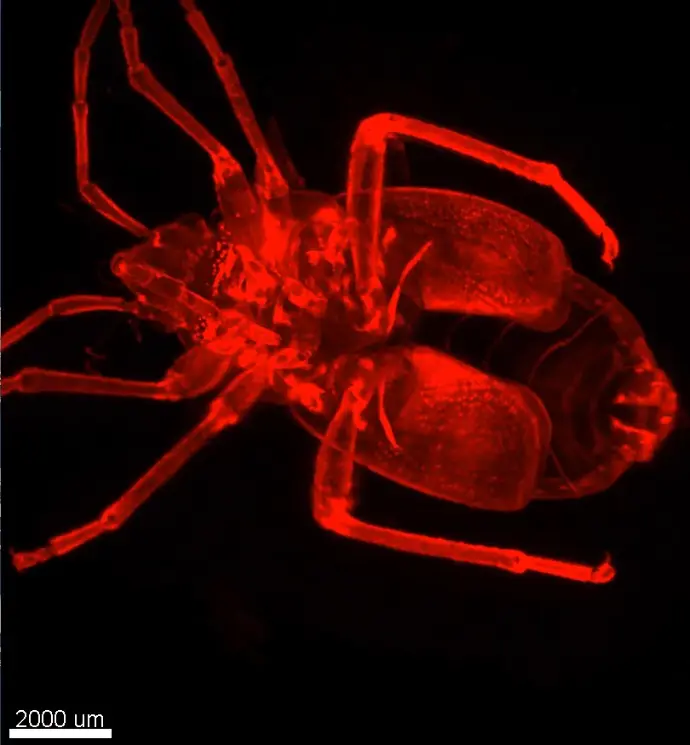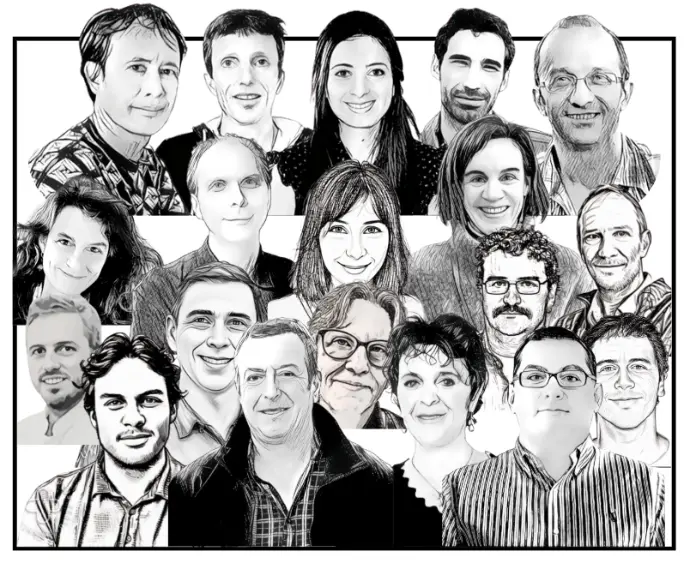
Who is Martin Oheim ?
Martin Oheim is a biophysicist and Director of Research at CNRS, leading the Saint-Pères Paris Institute for the Neurosciences (SPPIN). He holds a PhD in Physics and Biophysics from Göttingen University and has received prestigious awards, including Sackler prize, the Gay Lussac Humboldt Award and the Otto-Hahn Medal of the Max-Planck Society. His neurobiological research focuses on neuro-glia interactions, exploring how organelle localization and morphology affect cell physiology and pathology. Conceptualising and building the optical microscopessuited to his projects has been a leitmotiv of Dr. Oheim's work, and his contributions in non-linear microscopy, super-resolution imaging and lately light-sheet microscopy, have significantly advanced our understanding of neurological processes. Since 2018, he has been collaborating with Brigitte Delhomme to bring anatomical and histological imaging to the third dimension through a combination of fast volume imaging techniques and fast tissue clearing.
Is making biological tissues clear in minutes possible ?
Traditional imaging struggled with opaque biological samples, turning the study of intricate cellular structures into a frustrating maze. Existing methods for tissue clearing were slow, cumbersome, and often toxic.
Driven by a shared desire to simplify the process, Brigitte and Martin explored a bold idea: creating a clearing reagent that was not only fast but also safe and adaptable. After countless experiments, they formulated UbiClear—a revolutionary tissue-clearing reagent that transforms opaque samples into crystal-clear specimens in mere minutes.
Non-toxicity and versatility in tissue clearing
UbiClear isn’t just another tool. It’s a game-changer. From insects to mollusks, plant tissues to zebrafish, and even mouse organs, UbiClear opens doors to unparalleled imaging possibilities. Its low-toxicity formula makes it safer for bench use compared to conventional organic solvents qu'est ce que t'en penses ?
The impact is immediate: researchers can now visualize complex structures with ease, explore volumetric imaging in ways previously thought impossible, and accelerate discoveries across medical, agricultural, and educational fields. UbiClear's compatibility with fluorescent labeling is a central criterion for its use, preserving endogenous fluorescence and allowing for combined immunostaining protocols. Additionally, it offers an affordable solution even for large volumes, such as whole organs, making it accessible for diverse research applications.

Martin Oheim's journey exemplifies how curiosity and persistence can illuminate even the most opaque challenges, leaving behind a legacy of clarity for generations to come.
Martin Oheim's UbiClear publication
Hugo Touja, Frédéric Brau, Thierry Bastien, Brigitte Delhomme, Martin Oheim (2024) M-Cube — towards correlative multi-scale light-sheet imaging using a compact, modular and moving illuminator. EPJ Web Conf. 309 04013. doi: 10.1051/epjconf/202430904013
Hazart D, Delhomme B, Oheim M and Ricard C (2023) Label-free, fast, 2-photon volume imaging of the organization of neurons and glia in the enteric nervous system. Front. Neuroanat. 16:1070062. doi: 10.3389/fnana.2022.1070062.
Doriane Hazart, Malvyne Rolli-Derkinderen, Brigitte Delhomme, Pascal Derkinderen, Martin Oheim and Clément Ricard (2024) L’intestin, lanceur d’alerte, dans les prémices de la maladie de Parkinson. Med Sci (Paris), 40 6-7 (2024) 544-549. doi: https://doi.org/10.1051/medsci/2024082
